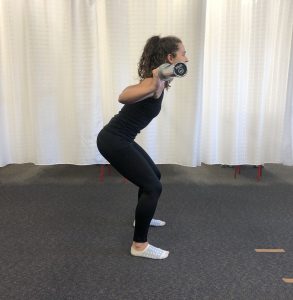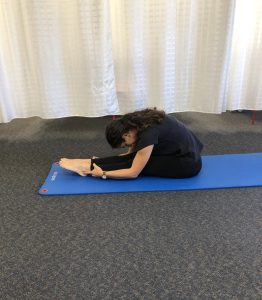Winter Sport is about to start back, which means a return to training. For some of you, you may have taken the entire summer off sport and others even longer due to the shortened season last year. We need to ensure we take a measured approach as we come back. Starting with hill sprints and running people into the ground is not a good way to start. For those of you that never stopped training, the principles below still hold true for you.
Goals for Pre-season training:
- Building capacity for performance. i.e. increase in strength, muscle mass, power, aerobic capacity, anaerobic capacity
- Building up volume and then increasing intensity
- Preparing to hit the ground running once the season starts
Where to start:
- Fun! You compete because you enjoy the sport, use games as an excellent way to get back into your training.
- Start with low intensities, higher volume. i.e. Longer, slower runs.
- Add roughly 10% to volume or intensity each week (not both!)
Most sports require a combination of aerobic endurance and anaerobic power. So as you progress through this pre-season, start with a focus on building aerobic capacity and, as the season approaches, transition to more sprints and agility work. Think about what amount of exercise you want to be doing as you go into the season and work backwards from there to plan your sessions.
The pre-season is a good time to load up with strength training. Aim for 3 sessions a week. Strength training needs to be specific to your needs as an athlete. Most people will just be doing general strength and conditioning for injury mitigation and performance optimisation. Others need to focus on developing absolute strength or power.
Strength exercises essential to sport:
- Squat
- RDL’s
- Nordics
- Copenhagen’s
- Pallof press
- Upper body push (bench press)
- Upper body pull (row)
You can do your hill sprints and “beat up sessions” in the middle of your pre-season if you must. It is believed this is more of a mental toughness test rather than being an optimal training session. These types of sessions generally increase the risk of injury, so when doing these sessions, know your limits.
What to do in the second half of pre-season:
– Gradual reduction in volume as you increase the intensity of sessions, i.e. less long-distance work and more sprint intervals
– Increase agility work
– Greater focus on skill drills
Your final transition will be into the competition season starting, meaning you will be maintaining your fitness gains from pre-season with short sharp efforts. You will need to do a minimum of two high-intensity interval blocks per week to keep the progress made in aerobic capacity. Then think about building sport-specific skills and developing strategy with more scrimmages.
If you require any further information about pre-season training or in-season management, please do not hesitate to book an appointment with one our physiotherapists on 8544 1397.




